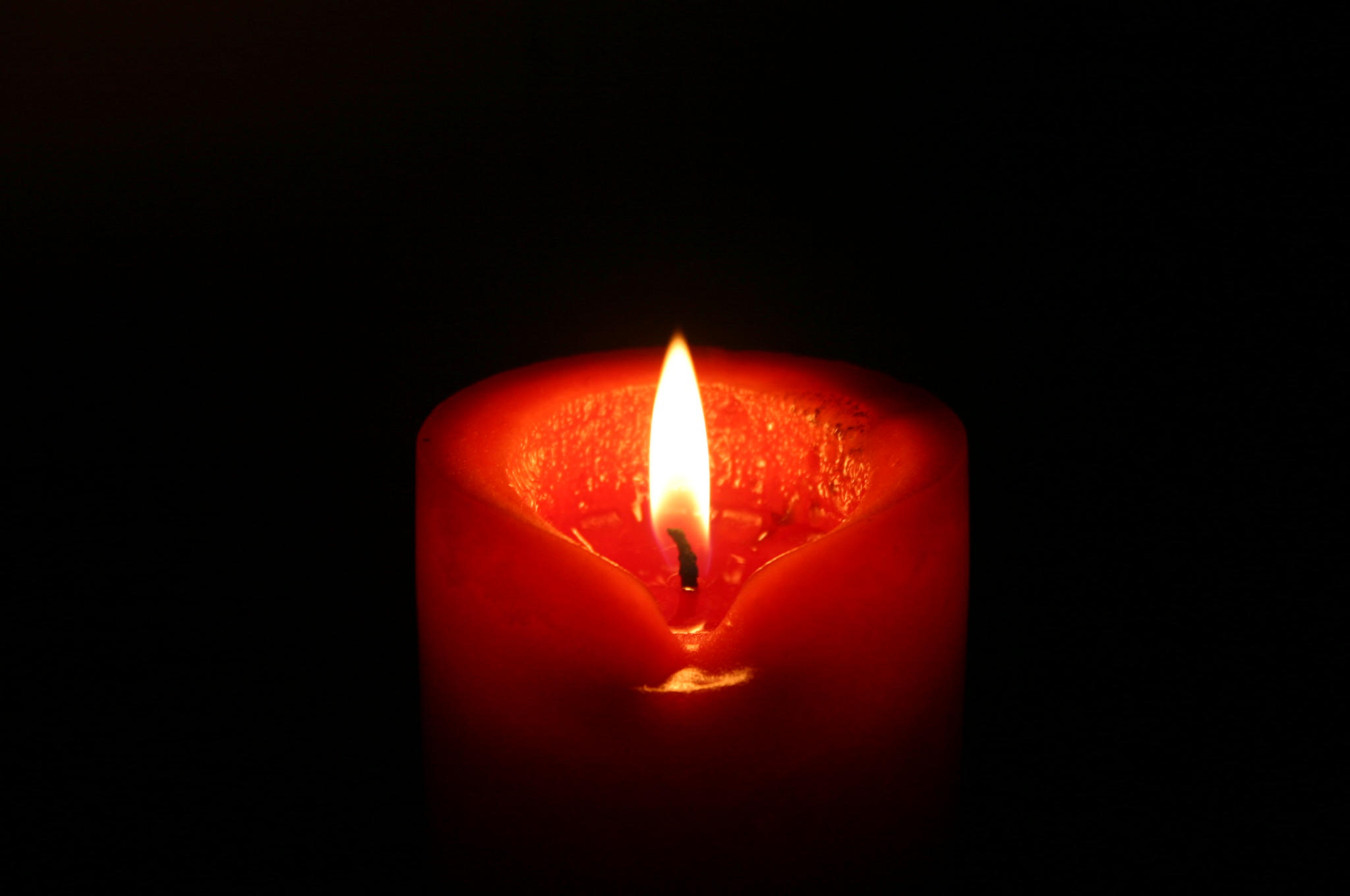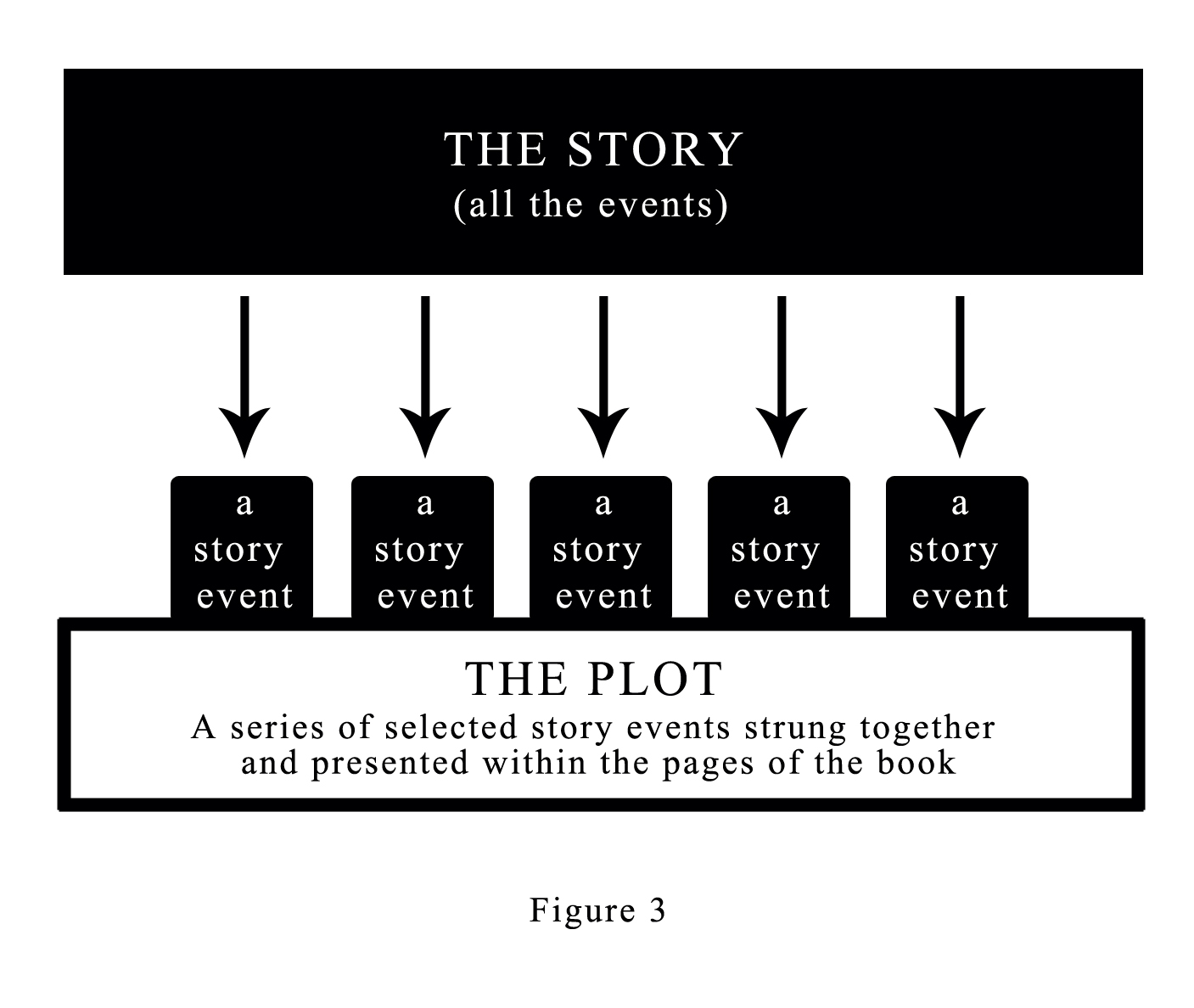Blooms: Strobe-Animated Sculptures
Find more and download Blooms on Instructables.
Find more and download Blooms on Instructables.
Anyone with any experience of mental illness knows it’s not the romantic well of creativity that literature and pop culture can make it out to be, but I would like to think through creativity and success in regards to depression.
What makes pop culture represent depression in such an idealised/idolised and romantic manner anyway? I know in high school I used to say I wanted to die before I got old – to go out with potential before I inevitably disappointed everyone. But romanticized? Is it because Ernest Hemingway shot himself and Virginia Woolf drowned herself? Are those really the standards of literary creative genius? To me, there is nothing #pale about suicide no matter how many soft grunge Tumblr posts you look at.
If depression affects so many diverse groups of people, why are creative types singled out? What’s the link between the two?
While the possible solutions are many (the mind is a very complicated subject, after all), countless psychologists and psychiatrists tend to agree that major depression is amplified in those who tend to ruminate on their thoughts.
… Creatives naturally tend to think more, and think about their very thoughts too. … Creative thinkers tend to [replay] events over and over again to better understand them.
In this sense, it’s not the romantic notion of depression that leads to creativity, but that those more inclined to intensely think and re-think (and therefore tend to be creative types) are more likely to experience depression more intensely.
Another theory for the link so widely discussed between depression and creativity is that while creative types experience depression, they also experience higher rises due to motivation after “coming out of” the depression. I have trouble accepting this simply for the relative ease given to “coming out of” depression, it does help to displace the false idea that depression fuels creativity. Perhaps it is a more plausible explanation for creativity in bipolar disorder:
Professor Kay Redfield Jamison, who wrote the landmark Scientific American article, is an international authority on the subject, both as a psychiatrist and as a person with bipolar. She observes that manic-depressives in their high or manic state think faster and associate more freely. When manic, people need less sleep, have unusual energy and focus and an inflated self-belief, all of which may allow the production of original work.
On the other hand, the creative professions themselves can tend to be a perfect combination of factors that may contribute to depression:
Here, again, I’m speaking mostly about writers. Our work tends to be done alone. We spend long hours in front of a computer screen trying to make our words make sense. We edit relentlessly. We socialize, yes, but infrequently and on a different frequency than most. Our creativity sets us apart, and it often makes it difficult to connect with people who don’t share that background and outlook.
We don’t tend to sleep as well. We have less consistent hours. We often go sleep deprived or collapse for long nights after going without for too long. We feel driven by ideas that won’t let us sleep. We are often night owls.
But consistent sleep and waking early help improve stability and happiness.The number one predictor of happiness is the number and strength of one’s social connections.And this doesn’t even touch on being sedentary, having the high stress of deadlines, how constantly we face rejection. The traditional lifestyle of the writer is in many ways the perfect storm of depression risk factors.
Correlation, of course, does not equal causation.
We know depression and creativity co-exist, but … well … it’s like this: If you have severe depression, you have to get pretty damn creative to survive it.
Sometimes the black hole of depression can be so life-engulfing it’s impossible to see through to when it will be light again. And, while it’s cliched and embarrassing, for those times here is a list of people who have made something of themselves despite/in spite of the struggle:
Buzz Aldrin
Sheryl Crow
Ellen Degeneres
Owen Wilson
Abraham Lincoln
Charles Darwin
 When I first met you, my cranberry-scented candles stood tall on my bedside table. Thick red cylinders of fruity scent, waiting to be lit and burned for 40 hours.
When I first met you, my cranberry-scented candles stood tall on my bedside table. Thick red cylinders of fruity scent, waiting to be lit and burned for 40 hours.
When you first slept over you wanted to sleep with them burning, and though I didn’t want to waste my precious wicks, for you I let them blaze all night and we slept in their glow.
And now they are puddles, melted and re-melted wax bent and sticking to the tabletop, and our bodies have learnt each other’s shape as we melt and re-melt into each other each night.
Bordwell and Thompson‘s reading this week focused on narrative and relations. A quote in the beginning on the reading explained narrative as a way of organising knowledge which I found quite adequate. I think all we try to do through art and creation is organise our knowledge. We explore, interrogate and critique the world and our ideas through what we express, whether it be through writing, film or painting.
We can also express and organise our knowledge through non-narrative and multi-linearity. As humans I think we crave narrative: we look for signs, symbols, patterns; we believe in fate and destiny, and that everything happens for a reason. But does that necessarily mean it’s the ‘best’ or most appropriate for our lives?
The reading explained relations in narrative: we connect events through causality, time and space.
 This chapter also mentioned reactions to conventions, which got me thinking about creative rebellion.
This chapter also mentioned reactions to conventions, which got me thinking about creative rebellion.
Creativity is the greatest rebellion in existence. If you want to create you have to get rid of all conditionings; otherwise your creativity will be nothing but copying, it will just be a carbon copy. You can be creative only if you are an individual, you cannot create as part of the mob psychology. The mob psychology is uncreative; and it lives a dragging life, it knows no dance, no song, no joy; it is mechanical. – Osho

 This week’s lecture centered primarily on the danger in categorising. There is immense danger for the artist/author/creator’s creativity in getting put in a box and not being about to get out or seen in a different way, and for the audience/viewer if we aren’t open to new possibilities. By categorising works into these artificial taxonomies we risk becoming cookiecutter. Jasmine mentioned it is good to create a taxonomy but to be open to change. This idea is reminiscent of scientific paradigms: we once did believe the earth was flat after all. Consensus can change.
This week’s lecture centered primarily on the danger in categorising. There is immense danger for the artist/author/creator’s creativity in getting put in a box and not being about to get out or seen in a different way, and for the audience/viewer if we aren’t open to new possibilities. By categorising works into these artificial taxonomies we risk becoming cookiecutter. Jasmine mentioned it is good to create a taxonomy but to be open to change. This idea is reminiscent of scientific paradigms: we once did believe the earth was flat after all. Consensus can change.
Adrian explained that as humans we like the boundaries that taxonomies give us, we like borders for complex issues such as gender. Similarly I think as humans we crave narrative: we look for signs, symbols and patterns to give our days/lives meaning, but things don’t have perfect boundaries. Classification isn’t black and white; we don’t have boxes but very messy, muddy edges. Definitions by definition are problematic. The following video by Hank Green of the Vlogbrothers sums up very well the fact that to put people into gender stereotype boxes we would need infinite boxes.
So do we even need to worry about classification? The more important question seems to be what the documentaries actually do. Adrian suggested we start from the premise of making and then work out where it fits. It’s much more interesting to ask a specific thing what it does rather than create overarching theories. Taxonomies impose a grid: if you don’t fit into the grid we can’t see you. Distinctions become games of power that create false dichotomies.

We contemplated the media landscape, something that is ambiguous, messy, changing and dissolving. But we shouldn’t fear, mess is good.
What can I do inside a rectangle? What does it mean vs what can it do? We need to find out what it is before we can assign meaning to it.
Notes from week nine symposium and tutorial
“Hollywood & Vines” is the first film directed via Twitter and shot entirely on Vine by 100 Viners everywhere from Kansas to Kuwait. This is a great example of when collaboration can result in creativity and innovation.
I have however been reading Susan Cain’s book, Quiet: The Power of Introverts in a World That Can’t Stop Talking, and one particular chapter has had been rethinking group projects at university, particularly when they haven’t gone smoothly. I’ll post a video of this chapter below, but I implore any self-identified introverts to read this book – I’ve learnt an incredible amount about myself and how I learn and think.